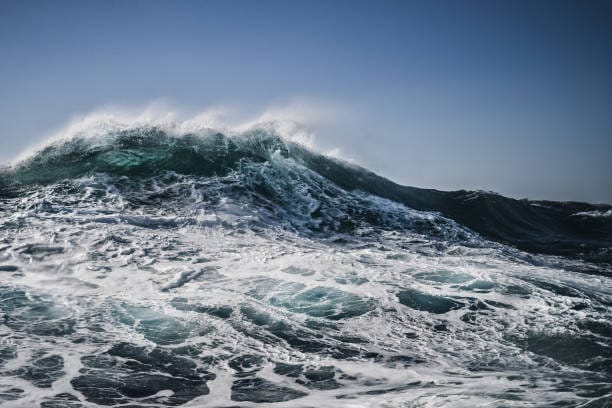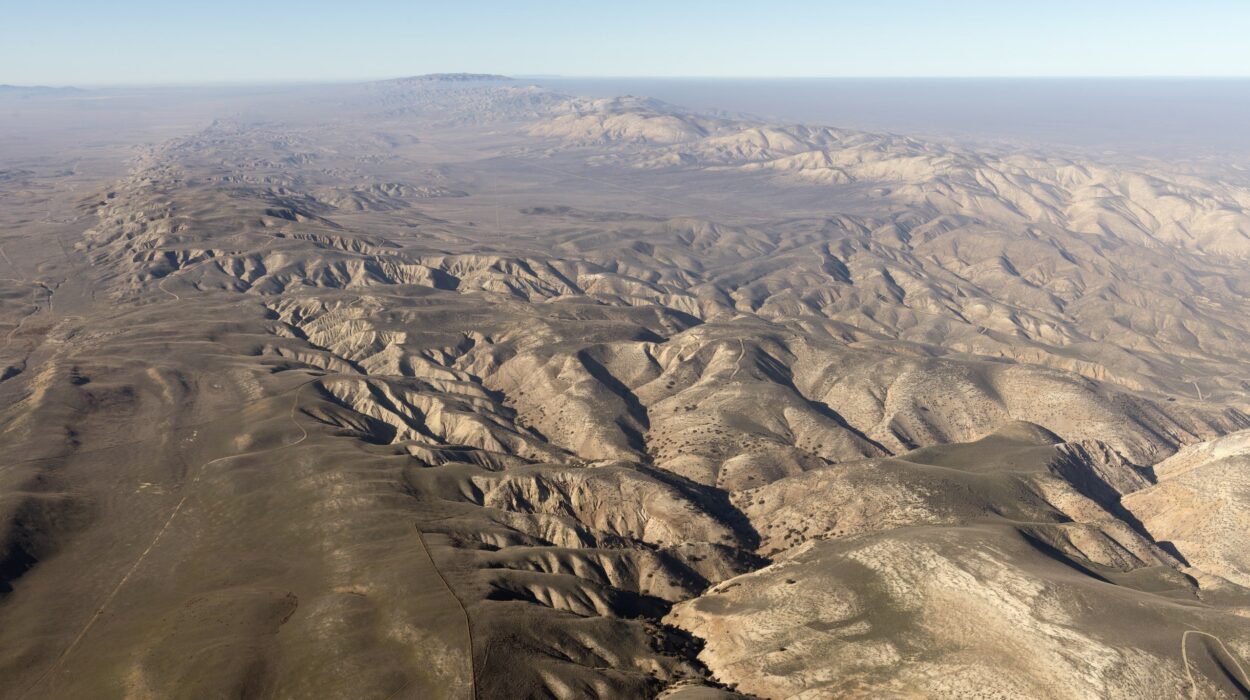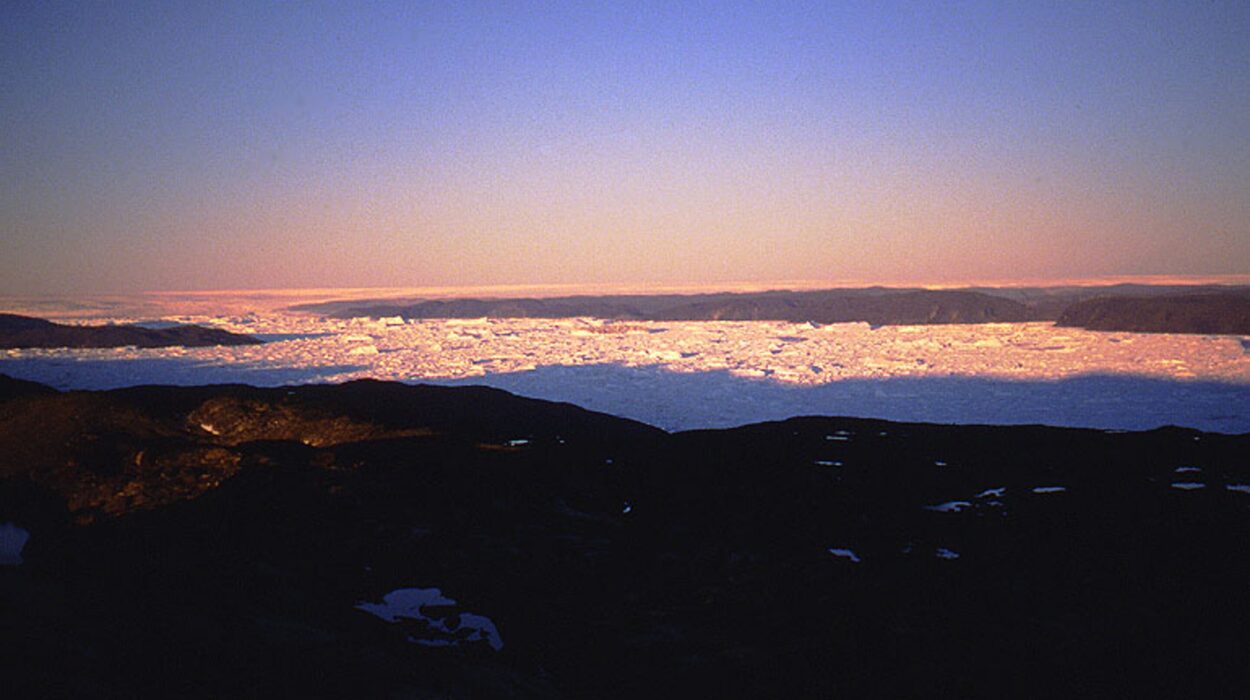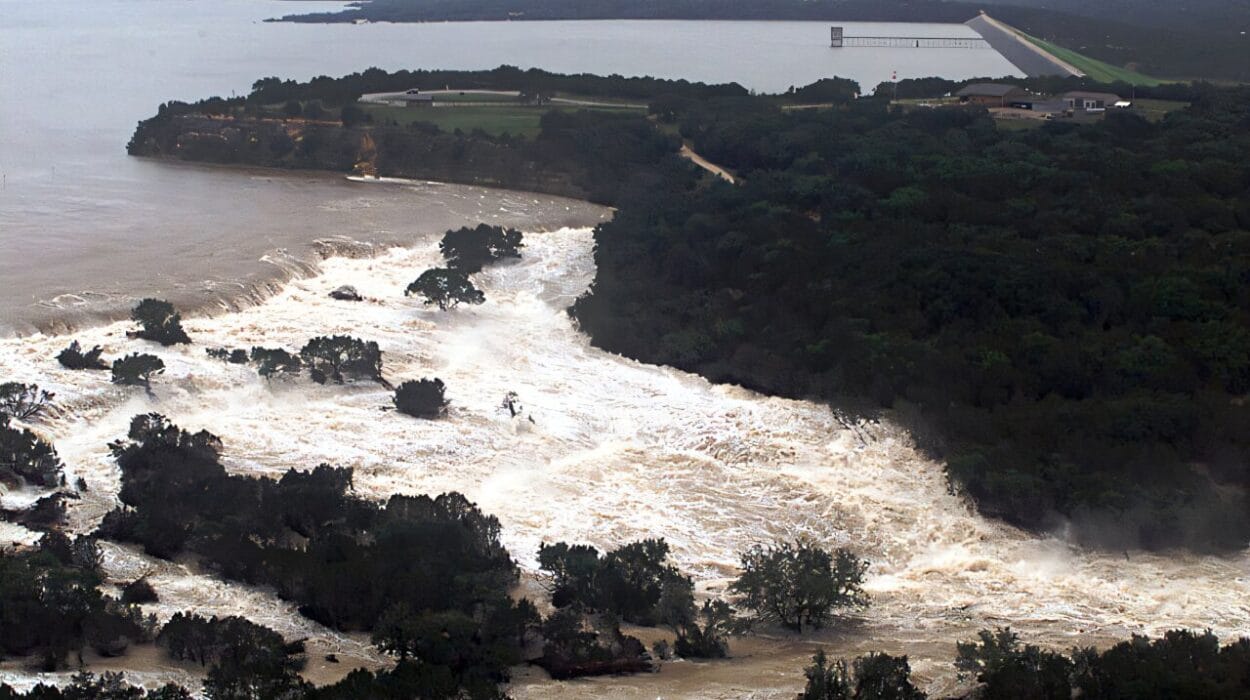From space, our planet glows blue, veined with swirling whites and darkened greens. This blue is not mere decoration—it is life itself. Oceans cover more than 70% of Earth’s surface and hold about 97% of all the water on the planet. They are ancient, deep, and dynamic, teeming with mysteries that science is still unraveling. More than any mountain, desert, or forest, the ocean is Earth’s great regulator. It is the planet’s thermostat, heat engine, and carbon sink all at once.
Climate is not dictated by air alone. It is not a product of weather patterns dancing above our heads. Climate is born in the sea. Ocean currents, surface temperatures, salinity levels, and the slow, pulsing exchange between atmosphere and deep sea—all of these form the hidden architecture of Earth’s climate system. To understand climate change, to predict the planet’s future, to survive—it begins with understanding the ocean.
Currents That Rule the Sky
The air feels cooler by the coast. Breezes carry a salty edge. This subtle sensory shift is a clue to something vast and invisible: the exchange of energy between the ocean and the atmosphere. At the equator, solar energy pours down year-round, warming the surface waters. These warm waters expand and rise, creating a difference in pressure and density that sets currents in motion.
The Gulf Stream is one of the most famous of these ocean highways. Born in the Gulf of Mexico, it surges northward along the U.S. eastern seaboard, then arcs across the Atlantic toward Europe. It transports a staggering amount of heat—over 100 times more than all the world’s rivers combined. It’s not just moving water. It’s moving warmth, affecting everything from hurricane formation to winters in Western Europe.
This global movement of water, known as thermohaline circulation or the “global conveyor belt,” drives the deep, slow breath of the planet. Warm water flows toward the poles, where it cools and sinks, drawing more warm water behind it. Cold, nutrient-rich water from the depths rises elsewhere to replace it. The result is a planetary loop that takes 1,000 years to complete, quietly moderating global temperatures.
But these currents are not fixed. They can weaken, change course, or collapse entirely—especially when fed by melting ice sheets and disrupted salinity levels. The slowing of the Atlantic Meridional Overturning Circulation (AMOC), a key part of the global conveyor, has already begun. Scientists warn that its continued weakening could usher in more extreme weather, regional droughts, and a breakdown of once-predictable seasonal patterns.
The Ocean’s Silent Battle with Carbon
Every breath we take is connected to the ocean, not just because it produces half the world’s oxygen, but because it is Earth’s most vital carbon sponge. The sea absorbs roughly a quarter of all human-made carbon dioxide emissions. It does this in two ways: through physical processes (like gas exchange at the surface) and biological ones (through plankton, marine plants, and food webs).
At the surface, waves and winds help draw CO₂ into the ocean. Some of it dissolves directly into the water, forming carbonic acid. Tiny phytoplankton—microscopic marine plants—take up that carbon through photosynthesis, just as trees do. When these organisms die, they sink, sequestering carbon deep in the ocean for centuries or millennia.
This is known as the “biological pump.” Without it, atmospheric CO₂ would be far higher, and our world far warmer. The ocean is buffering us from the worst of climate change—but at a cost.
Absorbing CO₂ acidifies seawater, lowering its pH. This ocean acidification has already begun to dissolve the shells of some marine animals, like pteropods—tiny creatures that are a cornerstone of the marine food chain. Coral reefs are weakening, marine biodiversity is under threat, and entire ecosystems may collapse if the ocean’s carbon capacity is exceeded.
Storms, Droughts, and the Rhythms of the Sea
The climate above is tethered to the ocean below in ways that can seem mysterious. El Niño and La Niña are dramatic reminders. These climate patterns, officially known as the El Niño-Southern Oscillation (ENSO), originate in the tropical Pacific but send ripple effects across the globe.
During El Niño years, warm waters gather in the eastern Pacific, disrupting rainfall patterns, intensifying storms in some regions while drying others. Wildfires rage in Australia. Floods overwhelm South America. Drought grips Africa. Crops fail. Prices soar.
La Niña, its cooler counterpart, brings opposite but equally dramatic effects. These cycles are natural, but climate change appears to be making them more intense and unpredictable. As the ocean warms, it not only alters these large-scale patterns—it also fuels more powerful tropical storms and hurricanes. Warm water is a storm’s food, and as surface temperatures rise, storms become hungrier and more violent.
The warming of the Arctic Ocean is another signal. Sea ice is vanishing. This isn’t just a local phenomenon; it rewires atmospheric currents like the jet stream. In the past, the jet stream formed a stable barrier between cold polar air and temperate zones. Now, with less sea ice to regulate temperature contrasts, the jet stream is wobbling—sending polar air plunging south and heatwaves north.
This is how the ocean makes weather into climate. It holds the memory of past warmth and coolness. And as that memory changes, so does everything built upon it.
Melting Boundaries: Ice, Sea Level, and the Deep Connection
To think of the ocean as a separate domain from land is a mistake. It is not a border—it is a rising, breathing entity. The melting of polar ice sheets and glaciers is not only a signal of warming but a feedback loop with global implications.
When ice melts, it releases freshwater into the ocean, altering its salinity and density. This affects thermohaline circulation. It also adds volume, contributing directly to sea level rise. But this rise is not uniform. The gravitational pull of massive ice sheets like those in Greenland and Antarctica actually depresses sea level locally. As these giants melt, nearby seas may fall—but faraway coastlines will see the water rise even more.
Meanwhile, the warming of the ocean itself causes thermal expansion. Like mercury in a thermometer, water expands as it heats. This silent, invisible swelling accounts for much of the observed sea level rise. It is not just about future projections—it is already happening. Miami floods on sunny days. Island nations like Kiribati and the Maldives plan for relocation. Ancient cities face saltwater intrusion, crumbling foundations, and the threat of disappearance.
The ocean does not forget. It stores heat with a persistence that land or air cannot match. Even if we stopped all emissions today, the ocean’s warmth would linger for centuries. This is why climate action cannot wait. The ocean moves slowly, but when it changes course, it does not turn back.
The Ocean as Life Source and Lifeline
Beyond its role as a regulator, the ocean is also the womb of life. Every second breath you take comes from oceanic phytoplankton. Marine food webs feed billions of people. Coral reefs shelter a quarter of all marine species. Yet these ecosystems are under siege.
Warming waters trigger coral bleaching. Pollution from plastics and chemicals chokes marine life. Overfishing disrupts balances refined over millions of years. And as the ocean absorbs more heat and CO₂, its chemistry transforms in ways that threaten not just wildlife but human food security.
There is resilience in the ocean—but only up to a point. Some species may adapt or migrate. Others will perish. The collapse of fish populations can cascade into famine. The loss of biodiversity erodes the ocean’s ability to self-regulate. The services it provides—oxygen, food, carbon storage—are not infinite.
But neither is the damage irreversible. Marine protected areas, sustainable fishing practices, reductions in carbon emissions, and innovations in ocean technology offer paths forward. The ocean, if cared for, can heal.
Windows Into the Abyss: What Lies Beneath Shapes What Comes Above
Most of the ocean remains unexplored. We know more about the surface of Mars than the abyssal plains of the Pacific. Yet it is in these dark, crushing depths that the engine of Earth’s climate often turns.
Hydrothermal vents on the seafloor release heat and minerals. Underwater volcanoes can influence carbon cycles. Methane hydrates—ice-like structures that trap methane beneath the seafloor—pose potential climate tipping points if destabilized.
Subsurface currents, invisible to satellites, transport heat and nutrients across continents. The overturning of these deep waters brings ancient carbon back to the surface, influencing atmospheric concentrations. Understanding these cycles is crucial for climate models, yet they remain one of the ocean’s best-kept secrets.
The deep ocean is not a distant world—it is the foundation of our own.
Technology, Science, and the Ocean’s Voice
In the past few decades, humanity has begun to listen more closely to the ocean. Satellites map surface temperatures. Autonomous floats (like the Argo program) dive and drift, recording salinity, current speed, and temperature up to 2,000 meters deep. Deep-sea probes and ocean floor observatories collect data once thought impossible to gather.
This influx of information has revolutionized climate science. Models have become more accurate. Feedback loops are better understood. But data alone is not enough. The challenge lies in translating this oceanic wisdom into political will.
Despite the clarity of the science, climate inaction continues. The ocean has told us what is happening. Now it waits for us to respond.
The Future Written in Waves
The ocean’s role in our future depends on the choices we make now. If emissions continue unchecked, we risk triggering feedback loops that make parts of the planet uninhabitable. Ocean acidification will accelerate. Coral reefs may disappear within decades. The AMOC may collapse, sending Europe into deep chill while the tropics scorch.
But if we act—if we reduce carbon emissions, protect marine ecosystems, and develop climate resilience strategies—there is still time. The ocean is slow to anger, but also slow to forget. It offers us a chance for partnership, not punishment.
Cities are beginning to rethink coastal design. Floating architecture, sea walls, managed retreat—all are being explored. Marine conservation zones are expanding. Blue carbon initiatives, which focus on seagrasses, mangroves, and salt marshes, aim to enhance the ocean’s natural carbon sinks.
The ocean is not a passive victim of climate change. It is a powerful agent, capable of both catastrophe and salvation.
A Final Reflection: The Soul of the Sea
To stand on a beach and watch the waves roll in is to witness something ancient, immense, and alive. The sea has always been a mirror—reflecting our myths, our fears, our hopes. In its depths lie the origins of life and the contours of our future.
As climate change threatens to unmake the world we know, the ocean does not rage. It responds with currents, with storms, with rising tides. It does not negotiate, but it does remember. Every action we take—every molecule of carbon we emit, every reef we destroy, every drop of oil we spill—echoes in the sea.
But the reverse is also true. Every wind farm raised, every marine sanctuary created, every ship turned away from destructive routes—these too shape the ocean’s future.
The climate is not merely about temperature graphs or melting ice. It is about the rhythm of the sea, the breath of the tides, the great unseen circulations that bind life together. The ocean is the climate. And the ocean is our future.






